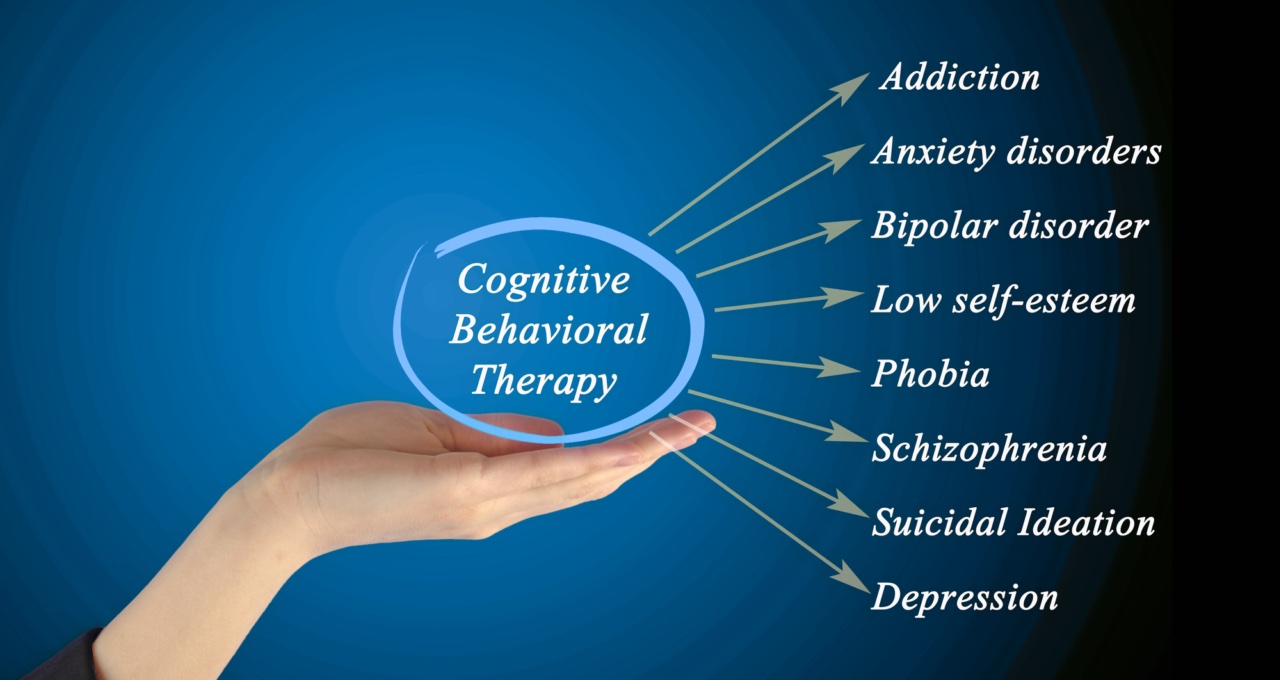Post-Traumatic Stress Disorder (PTSD): Causes, Symptoms, and Treatment Options Including Therapy, EMDR, and Other Therapies Used to Treat PTSD
Introduction
Post-traumatic stress disorder (PTSD) is a mental health condition that can develop after a person experiences or witnesses a traumatic event. PTSD is characterized by a range of symptoms that can significantly impact a person’s daily life and well-being. In this article, we will explore the causes, symptoms, and treatment options for PTSD, including various therapies such as EMDR, cognitive processing therapy, and prolonged exposure therapy.
Causes of PTSD
PTSD can develop after a person experiences or witnesses a traumatic event that involves actual or threatened death, serious injury, or sexual violence. Some common causes of PTSD include:
- Combat exposure
- Physical or sexual assault
- Accidents, such as car crashes or plane crashes
- Natural disasters, such as hurricanes, earthquakes, or floods
- Terrorist attacks
- Childhood abuse or neglect
Not everyone who experiences a traumatic event will develop PTSD. Factors that may increase the risk of developing PTSD include a history of mental health problems, lack of social support, and ongoing stress.
Symptoms of PTSD
The symptoms of PTSD can vary from person to person and may not appear until several months or even years after the traumatic event. According to the Diagnostic and Statistical Manual of Mental Disorders (DSM-5), a diagnosis of PTSD requires exposure to a traumatic event and the presence of symptoms from each of the following categories:
- Intrusion symptoms: Recurring, unwanted memories of the traumatic event, flashbacks, or nightmares.
- Avoidance symptoms: Avoiding people, places, or activities that remind the person of the traumatic event.
- Negative changes in cognition and mood: Feeling detached from others, having difficulty experiencing positive emotions, or having negative thoughts about oneself or the world.
- Changes in arousal and reactivity: Being easily startled, having trouble sleeping, or experiencing angry outbursts.
These symptoms must persist for more than one month and cause significant distress or impairment in daily functioning.
Treatment Options for PTSD
There are several effective treatment options available for PTSD, including various forms of therapy and medication. The most effective treatment approach will depend on the individual’s specific symptoms and needs.
Therapy for PTSD
Therapy is a key component of PTSD treatment and can help individuals process their traumatic experiences, learn coping strategies, and reduce symptoms. Some common types of therapy used to treat PTSD include:
-
Cognitive-behavioral therapy (CBT): CBT is a type of talk therapy that helps individuals identify and change negative thought patterns and behaviors that contribute to PTSD symptoms. CBT for PTSD may include exposure therapy, which involves gradually exposing the individual to reminders of the traumatic event in a safe and controlled environment.
-
Eye Movement Desensitization and Reprocessing (EMDR): EMDR is a type of therapy that uses a series of guided eye movements to help individuals process traumatic memories and reduce the emotional distress associated with them. During EMDR therapy, the individual focuses on a traumatic memory while simultaneously focusing on an external stimulus, such as a therapist’s finger movements or tapping.
-
Cognitive Processing Therapy (CPT): CPT is a type of cognitive therapy that helps individuals examine and challenge the thoughts and beliefs related to their traumatic experience. CPT typically involves 12 weekly sessions and may be done individually or in a group setting.
-
Prolonged Exposure Therapy (PE): PE is a type of exposure therapy that involves repeatedly exposing the individual to reminders of the traumatic event, such as through imaginal exposure (revisiting the traumatic memory in imagination) and in vivo exposure (confronting real-life situations related to the trauma). PE typically involves 8-15 weekly sessions.
Medication for PTSD
Medication can also be an effective treatment option for PTSD, particularly when used in combination with therapy. Some common medications used to treat PTSD include:
-
Selective serotonin reuptake inhibitors (SSRIs): SSRIs are a type of antidepressant medication that can help reduce PTSD symptoms such as anxiety, depression, and intrusive thoughts. Common SSRIs used to treat PTSD include sertraline (Zoloft), paroxetine (Paxil), and fluoxetine (Prozac).
-
Serotonin-norepinephrine reuptake inhibitors (SNRIs): SNRIs are another type of antidepressant medication that can be effective in treating PTSD. Venlafaxine (Effexor) is a common SNRI used to treat PTSD.
-
Prazosin: Prazosin is a medication that can help reduce nightmares and improve sleep in individuals with PTSD.
It’s important to work with a mental health professional, such as a psychiatrist or therapist, to determine the best medication and dosage for your individual needs.
Choosing the Right Treatment Approach
Choosing the right treatment approach for PTSD can be a complex decision that involves consideration of the individual’s specific symptoms, preferences, and overall health. Some factors to consider when choosing a treatment approach include:
-
Severity of symptoms: More severe PTSD symptoms may require a more intensive treatment approach, such as a combination of therapy and medication.
-
Type of trauma: Different types of trauma may respond better to different treatment approaches. For example, individuals who have experienced sexual trauma may benefit from a trauma-focused therapy such as CPT or PE.
-
Personal preferences: Some individuals may prefer a particular type of therapy or have concerns about taking medication. It’s important to discuss these preferences with a mental health professional to determine the best treatment approach.
-
Availability of treatment: Not all types of therapy or medication may be available in all areas. It’s important to consider the availability of treatment options when making a decision.
The Importance of Seeking Treatment
PTSD is a serious mental health condition that can have a significant impact on an individual’s daily life and well-being. Without treatment, PTSD symptoms can persist for months or even years and can lead to other mental health problems such as depression, anxiety, and substance abuse.
Seeking treatment for PTSD is an important step in the healing process. With the right treatment approach, individuals with PTSD can learn to manage their symptoms, process their traumatic experiences, and improve their overall quality of life.
If you or someone you know is experiencing symptoms of PTSD, it’s important to seek help from a mental health professional. A therapist or psychiatrist can provide a comprehensive evaluation and recommend the best treatment approach for your individual needs.
Conclusion
PTSD is a complex mental health condition that can develop after experiencing or witnessing a traumatic event. While the symptoms of PTSD can be distressing and disruptive, there are several effective treatment options available, including various forms of therapy and medication.
Choosing the right treatment approach for PTSD involves consideration of the individual’s specific symptoms, preferences, and overall health. Working with a mental health professional can help individuals with PTSD determine the best treatment approach for their individual needs.
If you or someone you know is struggling with PTSD, it’s important to seek help. With the right treatment and support, individuals with PTSD can learn to manage their symptoms, process their traumatic experiences, and improve their overall quality of life. Remember, seeking help is a sign of strength, not weakness, and there is hope for recovery from PTSD.




